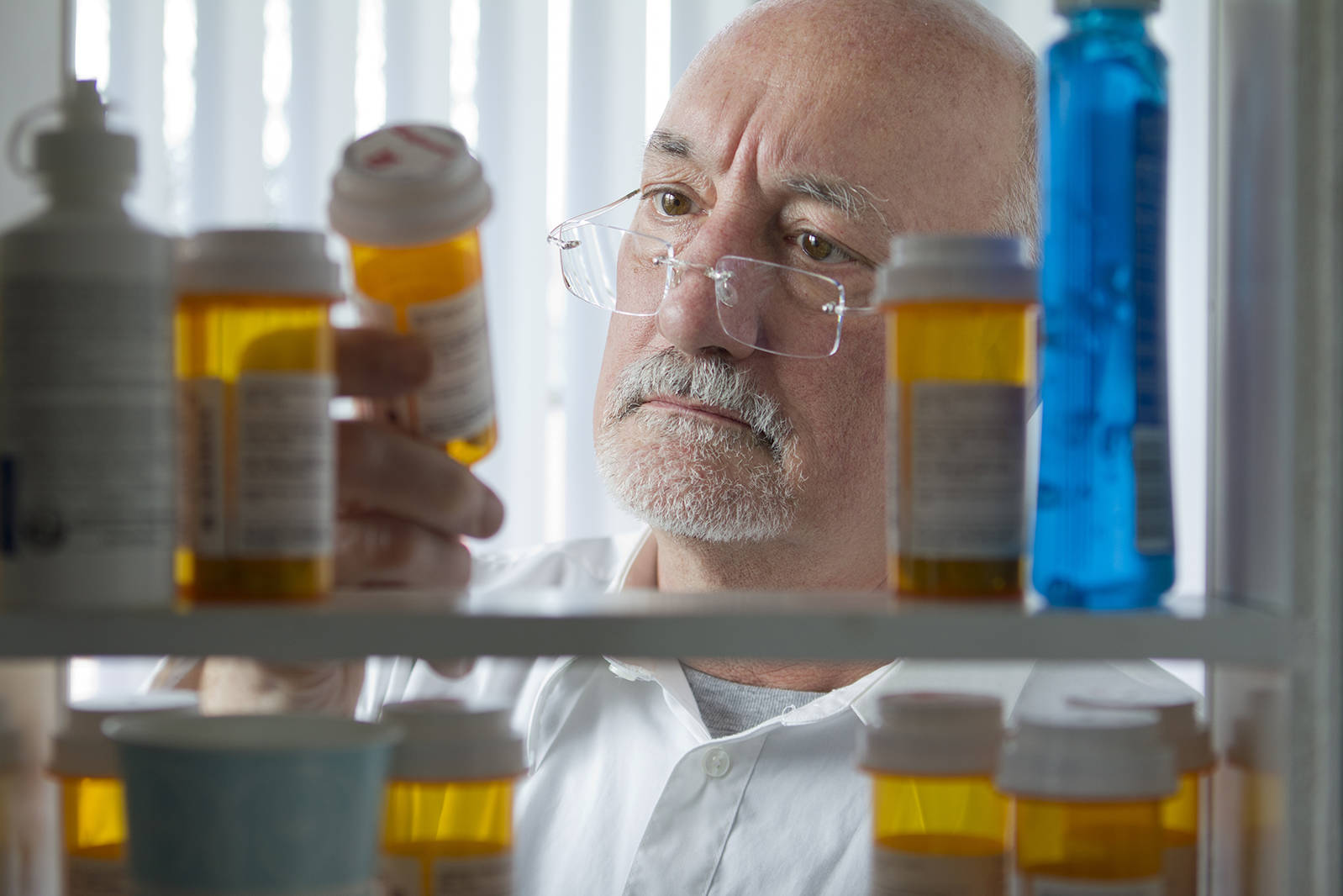By the Snohomish Health District
Dr. Mark Beatty, with the Snohomish Health District, shares a sobering statistic about today’s opioid crisis: 4 of every 5 new heroin addictions nationally started with a person misusing prescription painkillers.
Here in Washington, 57 percent of people currently using heroin were dependent on prescription opioids before they began using heroin.
What that means is that many people who become addicted to opioids do so after receiving a prescription for pain medication following an accident or surgery, for example.
The Snohomish Health District hopes educating the public about the causes of addiction and how to avoid them will reduce those numbers.
Thanks to a CDC grant through the Washington State Department of Health, the District collaborated with County partners to create an Overdose Prevention Resource Guide – 10 Things to Know About Opioids – designed to raise the public’s awareness about the risk of opioid medications. No. 1 on that list: Know Your Meds, Lock Your Meds.
What is an opioid and how does it work?
Opioids get their name from a naturally occurring element from the opium poppy, and fall into three categories: natural opioids; synthetic opioids; and semi-synthetic opioids, which account for most of the prescription medications currently in use, such as oxycodone and Percocet.
The drug binds to a receptor in the brain “and that’s where it does its work, increasing pleasure and temporarily blocking pain,” Dr. Beatty explains. The initial feeling is one of euphoria. “The problem is the body has a way of building up a tolerance. So while you don’t get the euphoric feeling any more you have to keep taking the drug so you don’t experience withdrawal.”
In addition, “the risk of becoming addicted is directly related to how long you take the medication,” Dr. Beatty says, noting that Center for Disease Control guidelines limit use to three days for youth under 20 and five days for adults – ideally fewer than three days.
How do you reduce your risk?
It begins with talking with your doctor about the pain you can expect and how best to manage it. Ask if there are alternatives to opioids to try first, for example, such as over-the-counter pain medications, accupuncture or physical therapy.
And if you are prescribed an opioid for pain, be informed, Dr. Beatty says.
- Unlike medications such as antibiotics, which you should take through the end of the prescription, pain medication – and especially opioid medication – be used for the shortest duration possible, Dr. Beatty notes.
- Don’t mix opioids with other things, such as alcohol or benzodiazepines like Xanax or Valium, which can be a potentially lethal combination.
- If you forgot to take your medication, or aren’t sure if you did, do not “double up” on the dose.
- To ensure medications are only used by the intended person, get a locking bag or box to keep the medication safe. (More than 4 in 10 teens who misused a prescription drug took it from their parent’s medicine cabinet.)
- Once your pain is manageable without the opioids, they must be disposed of properly at one of the numerous MED-Project locations.
It’s also important to remember that pain can serve a purpose, Dr. Beatty notes. “It’s an appropriate response to injury. It helps you understand to limit your movement and understand the healing process.”
To learn more, visit snohomishoverdoseprevention.com.

























